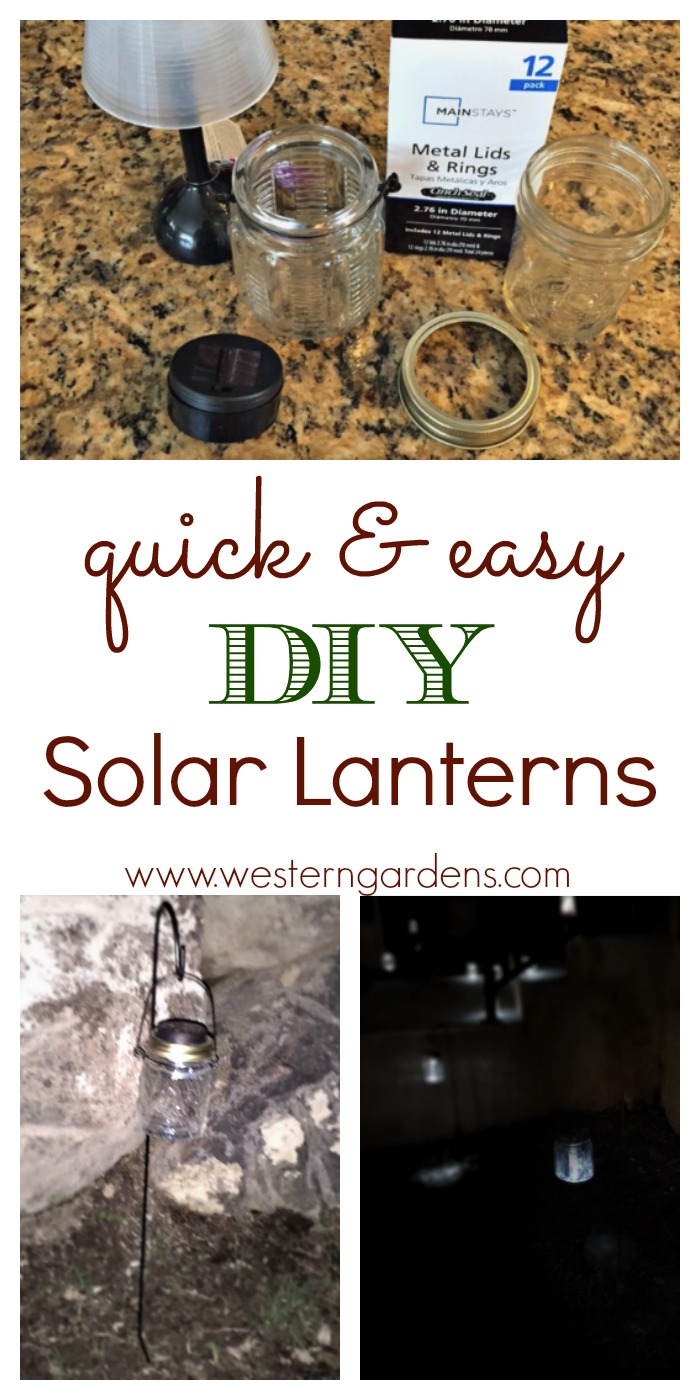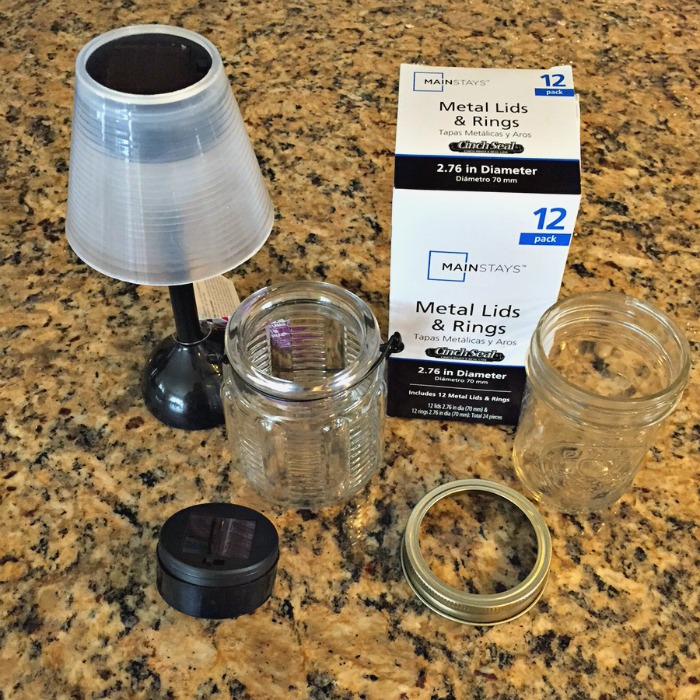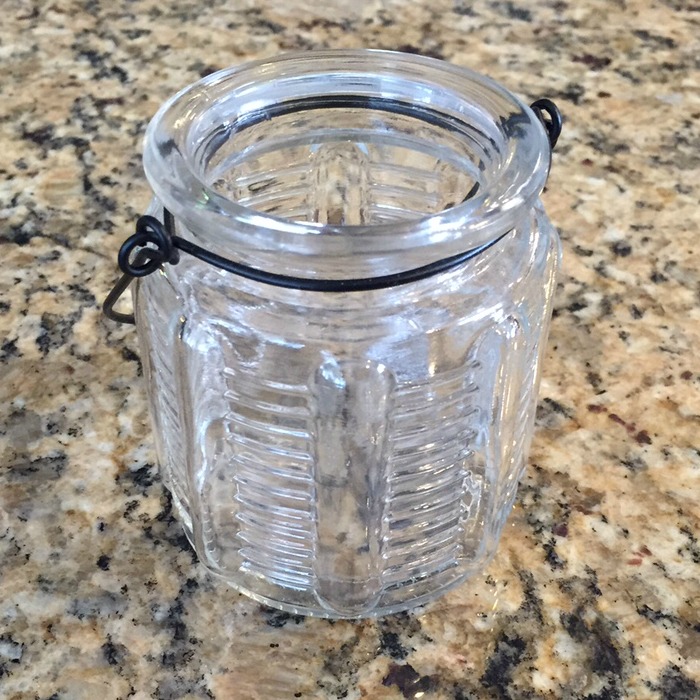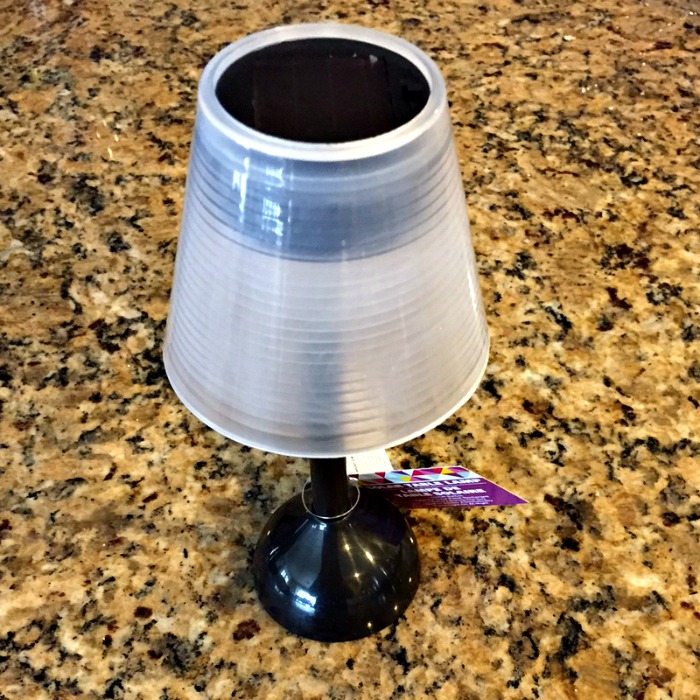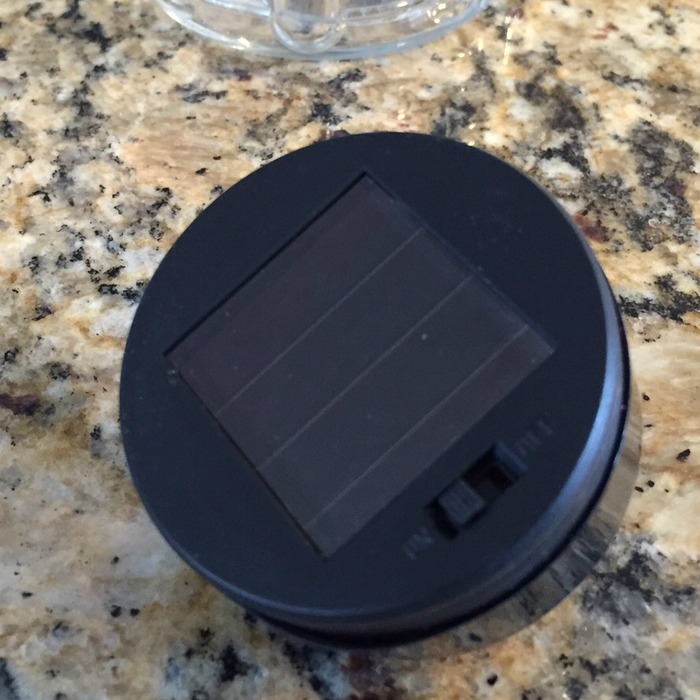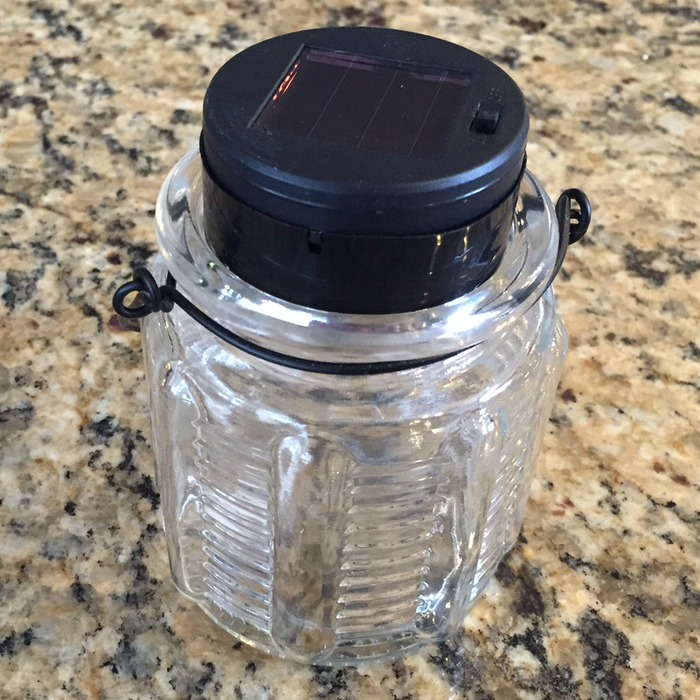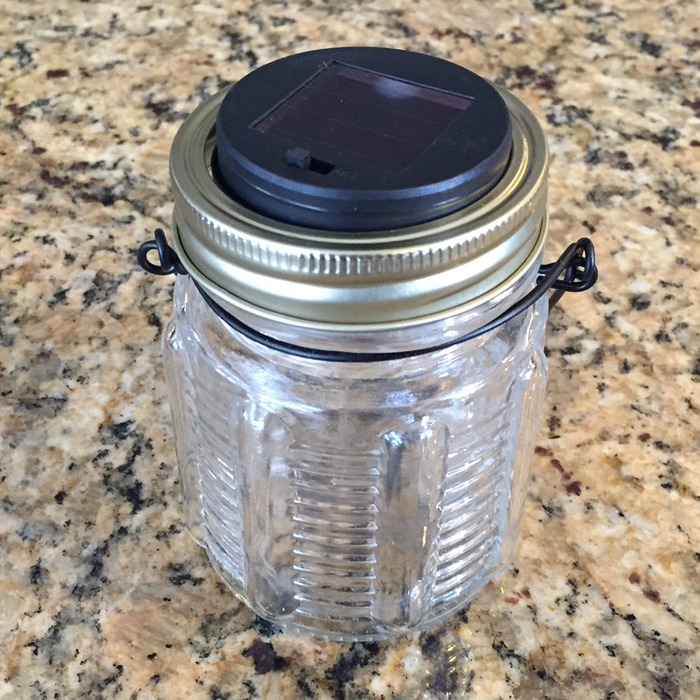 Each year as we get to the last few weeks of winter, my husband and I watch for the first day when it is warm enough for us to work outside in our garden for a few hours so we can plant peas. We can’t wait to get them in the ground! Though along the Wasatch front, we typically don’t plant until March, we’ve planted them as early as mid-February (straight in the ground; no greenhouse) and still had great success. Peas are a cool weather plant that needs little attention beyond watering and harvesting. They tolerate snow and light frost so don’t be afraid to plant peas early.
Each year as we get to the last few weeks of winter, my husband and I watch for the first day when it is warm enough for us to work outside in our garden for a few hours so we can plant peas. We can’t wait to get them in the ground! Though along the Wasatch front, we typically don’t plant until March, we’ve planted them as early as mid-February (straight in the ground; no greenhouse) and still had great success. Peas are a cool weather plant that needs little attention beyond watering and harvesting. They tolerate snow and light frost so don’t be afraid to plant peas early.
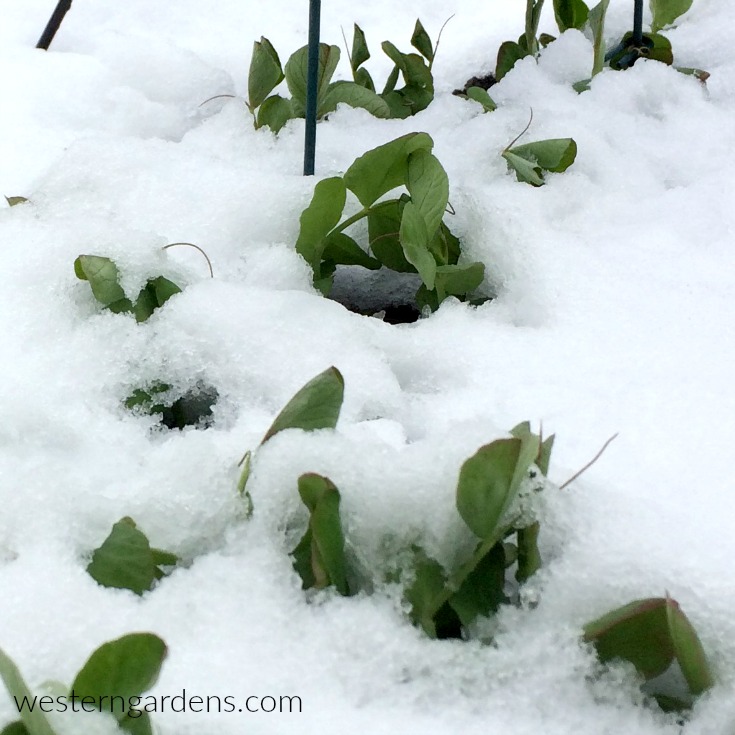
KIDS & PEAS … Planting peas is a great activity to do with young children. The seeds are a real bonus to work with:
- They are large enough that they are easy for small fingers to pick up.
- They are also easy to find after the inevitable spill.
- Planting is as simple as sticking your finger in to the ground, dropping in a seed, and covering with soil.
Again, the size of the seed made this something I could do with my 18 month old. She has helped plant every year since and even gets upset if she thinks she’s being left out of the planting process for the peas.
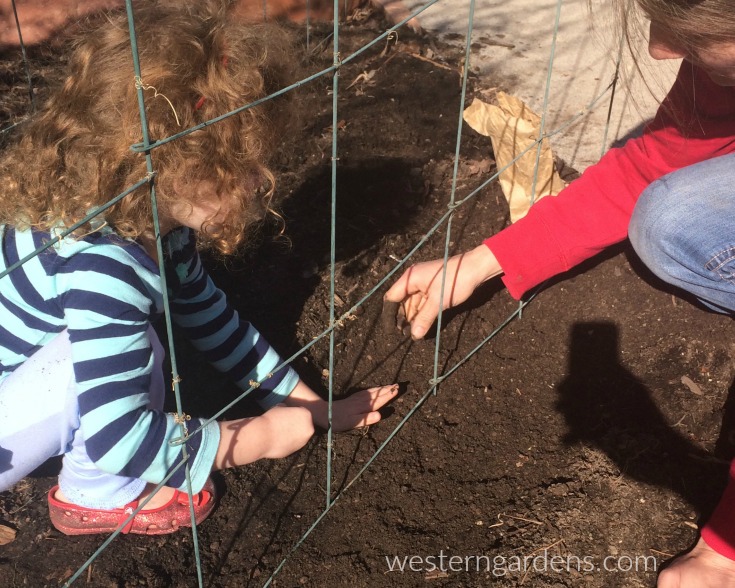
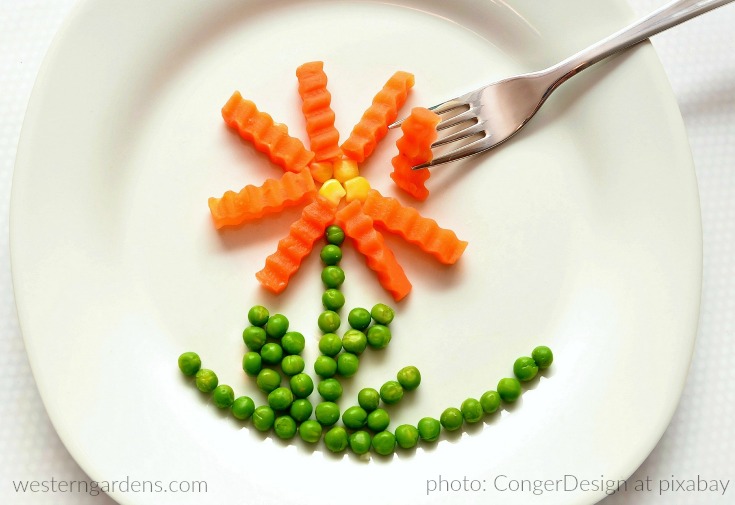
Fun idea to see and eat the peas the children grow. That is if you can get any that far into the house from the garden!
FRESH PEAS IN THE GARDEN… My husband will only eat shelled peas that are freshly picked from the garden. If they’ve been cooked, frozen, canned, or otherwise tampered with, he will not touch them. (He’ll eat snap peas in stir fry). When our daughter was very young, we’d go out in the garden to pick peas and she’d eat as many as we’d give her. Her preferred method was eating them straight out of our hands. She will still eat as many as she can get her hands on, but she’s big enough to do the picking and shelling on her own now.

OUR FAVORITE VARIETIES…We’ve tried lots of varieties of peas over the past several years (Green Arrow, Alaska, Snap Peas, Little Marvel, Blue, and more) and have found that our favorites for flavor and abundance on the vine are Little Marvel (a shelling pea) and Snap Peas (edible pods, no shelling required). We also grow Blue shelling peas because their flower is so beautiful. If you’ve never seen a blue pea, the flowers are purple and white and the pea pods are a dark purple/blue color, making them easy to find on the vine. Buy quality seeds from your local garden center like Western Garden Centers in Salt Lake City and West Valley, Utah.
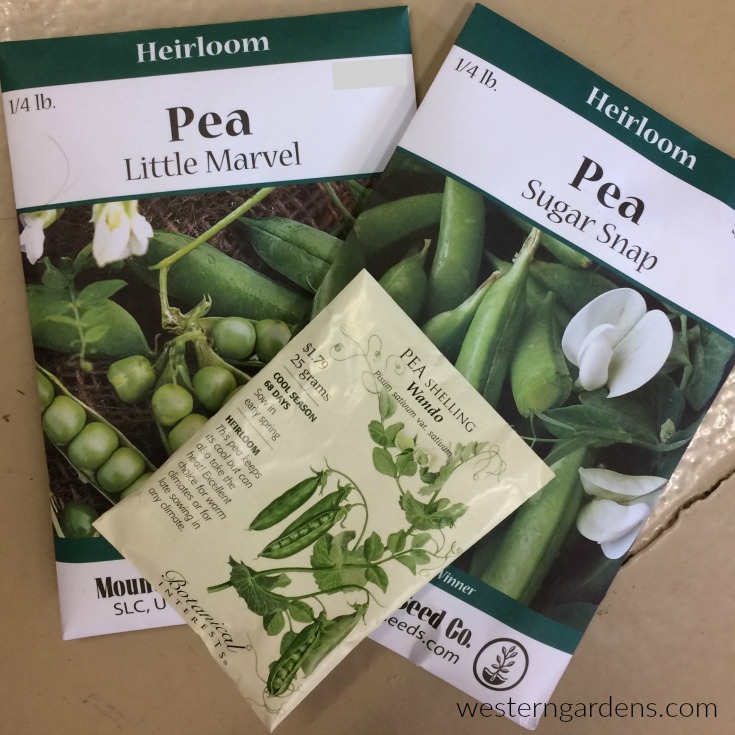
DID YOU KNOW… Peas are one of the oldest known vegetables. Archaeologists have found them in ancient tombs at Troy and Thebes. Dried peas keep indefinitely. This allowed them to survive the ocean voyage to become one of the first crops grown by English colonists coming to North America.
DID YOU KNOW… Peas are “nitrogen fixers”, meaning they take nitrogen from the atmosphere and convert it to ammonia (which is chemically comprised of nitrogen and hydrogen), thereby making the nitrogen available to other plants and organisms in the soil. This means peas are a great spring crop because they naturally help fertilize your soil prior to planting other garden fruits and vegetables that need nitrogen in order to thrive (think tomatoes!).
TIP: To maximize this benefit, at the end of the peas’ growing season, trim the plant off at the soil line instead of pulling them out, leaving the roots behind.
GROWING TIP … A friend suggested presoaking the peas prior to placing them in the soil. This will soften the seeds and allow them to germinate more quickly. Soak for around 12 hours, no more than 24, before planting. We tried it this year because we wish our peas would sprout sooner. It worked! Our peas were sprouted and broken through the soil less than 10 days after planting them, instead of 2 weeks or more. We look forward to eating our peas that much sooner this year!
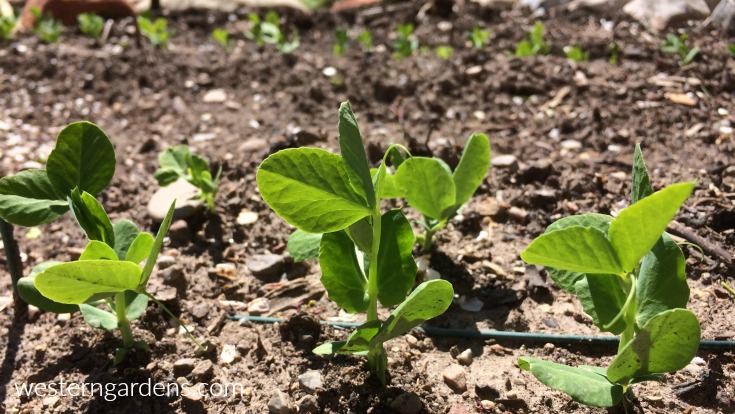
FALL PLANTING … After the summer heat is gone (about Labor Day), plant peas again for a fall crop. Read the package of which variety will produce according to the time you have.
Hmm… Sounds like something new to try with our garden this fall.
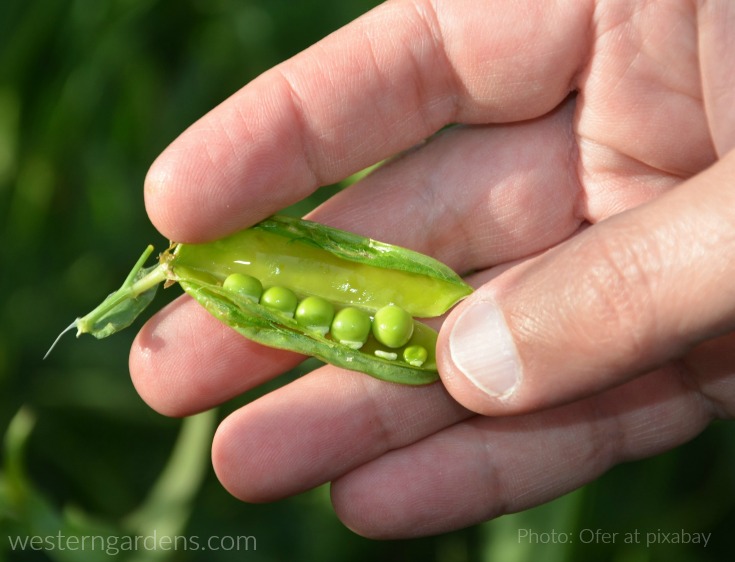
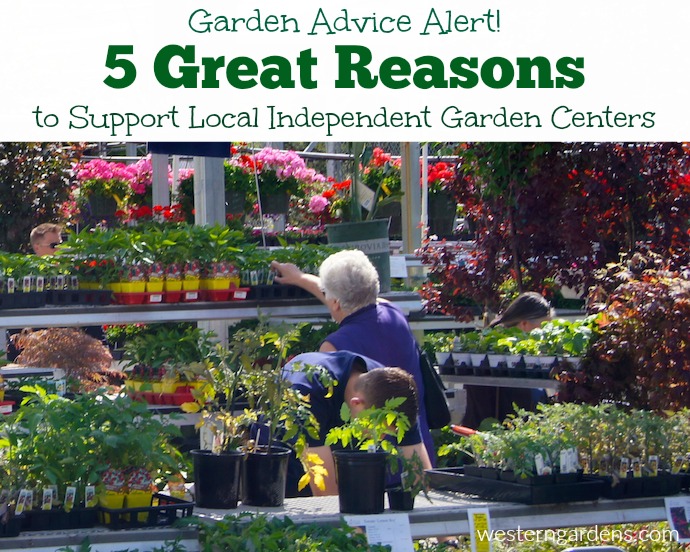
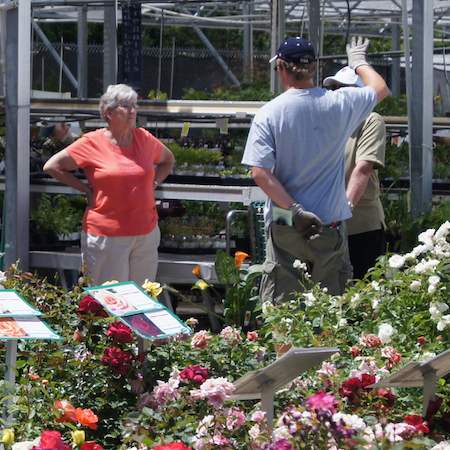

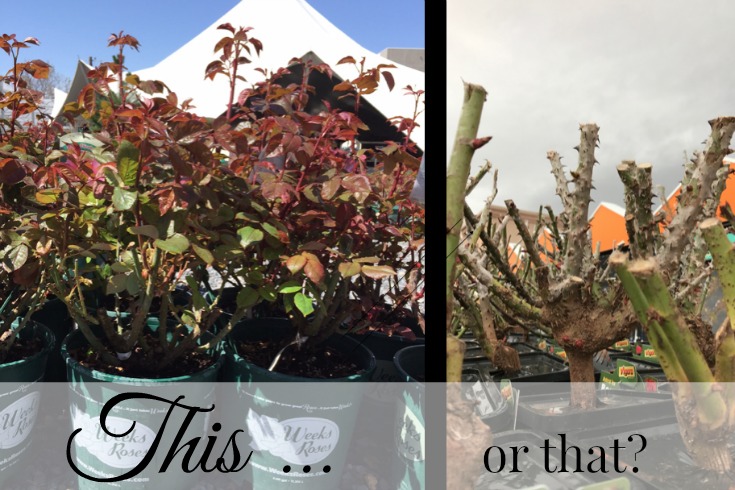

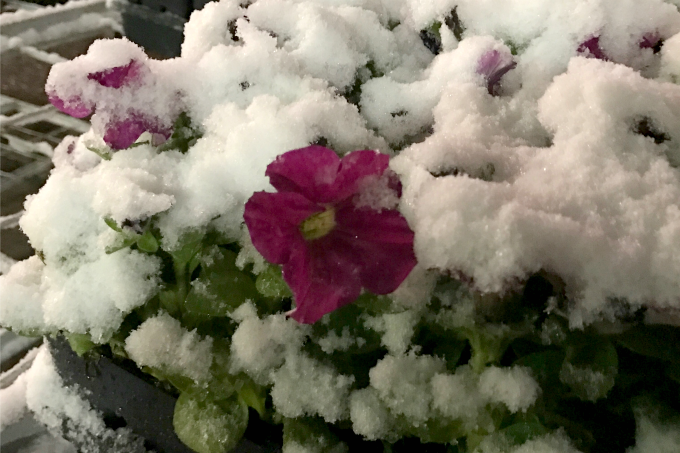
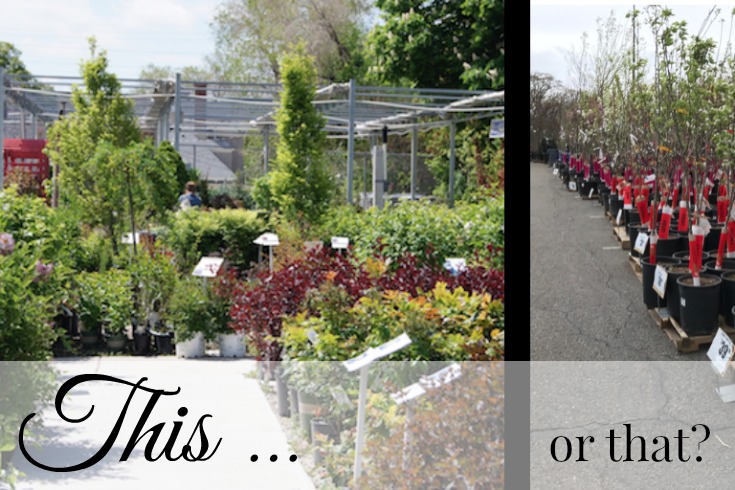
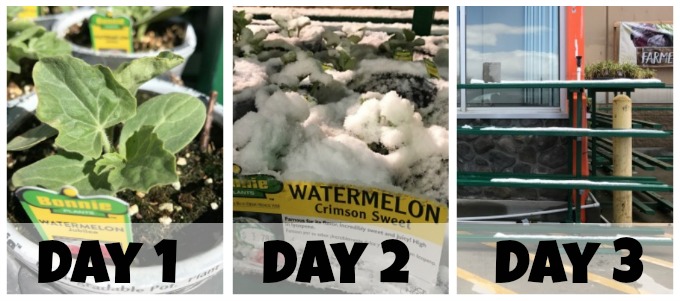
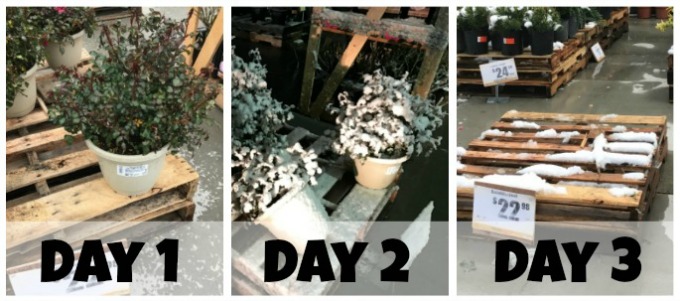
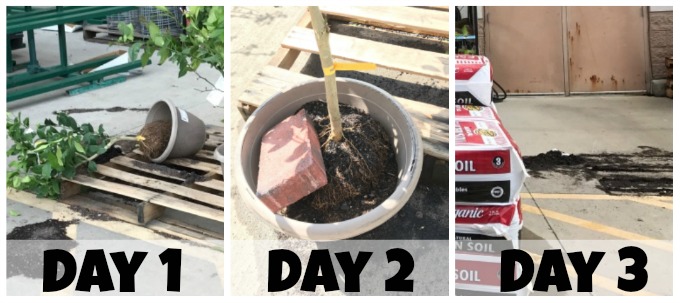
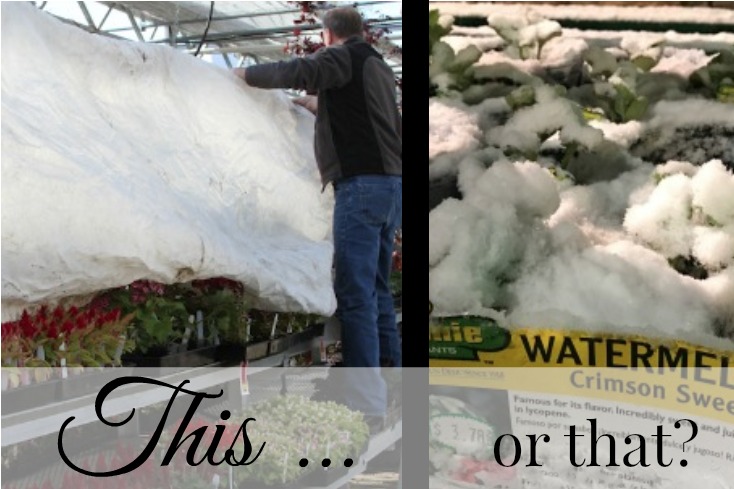




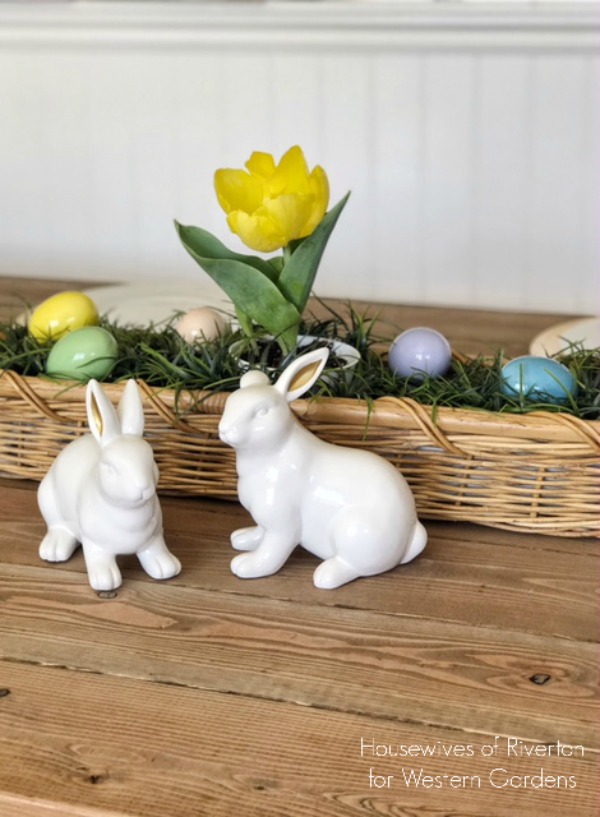 It’s pretty safe to say the very best part of Spring is the beautiful living flowers for centerpieces. I love having fresh flowers in and around my home. I love the instant brightness they bring and the amazing smells…it’s like bringing sunshine right inside the house.
It’s pretty safe to say the very best part of Spring is the beautiful living flowers for centerpieces. I love having fresh flowers in and around my home. I love the instant brightness they bring and the amazing smells…it’s like bringing sunshine right inside the house.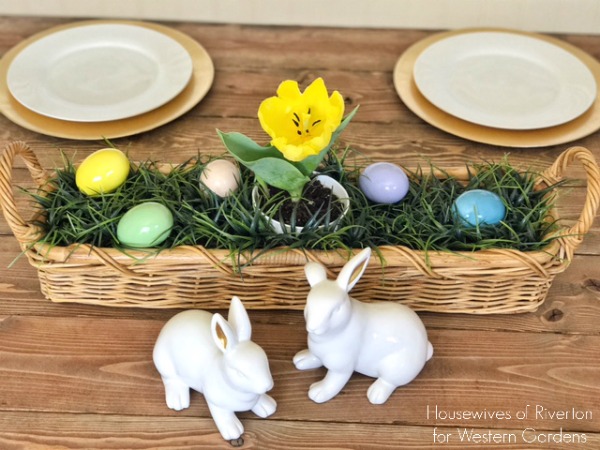 First up I have this adorable Easter Table Centerpiece. Using just a few items (many you may already have on hand) you can create the perfect centerpiece for your Easter dinner that will last for years to come because you can take that Tulip bulb and plant it in your yard!
First up I have this adorable Easter Table Centerpiece. Using just a few items (many you may already have on hand) you can create the perfect centerpiece for your Easter dinner that will last for years to come because you can take that Tulip bulb and plant it in your yard!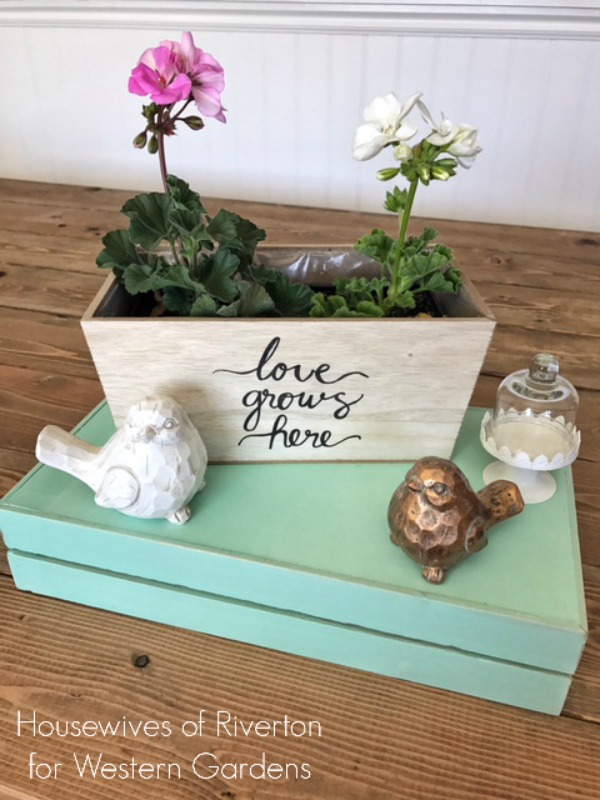
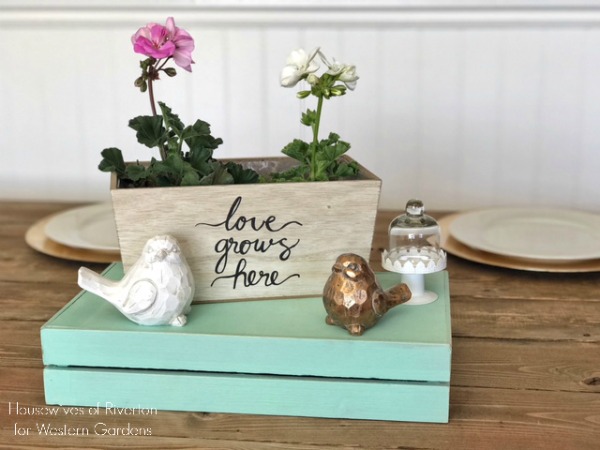
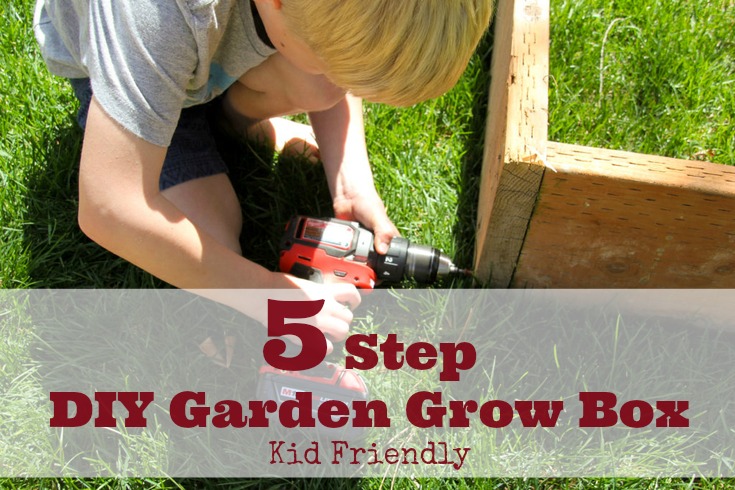
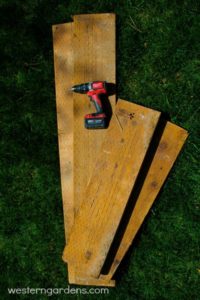
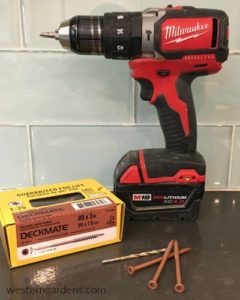



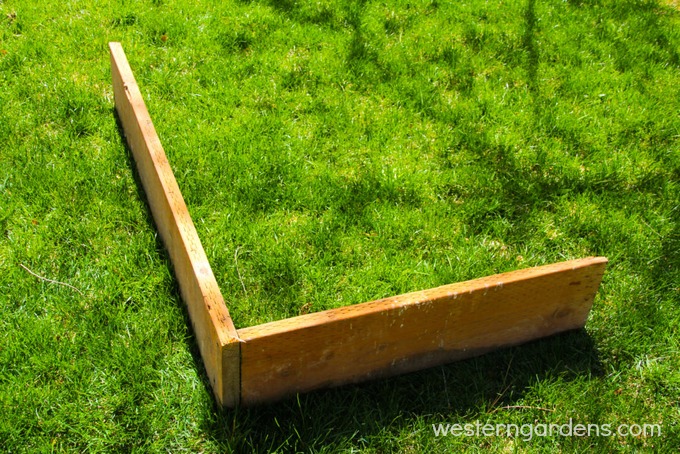
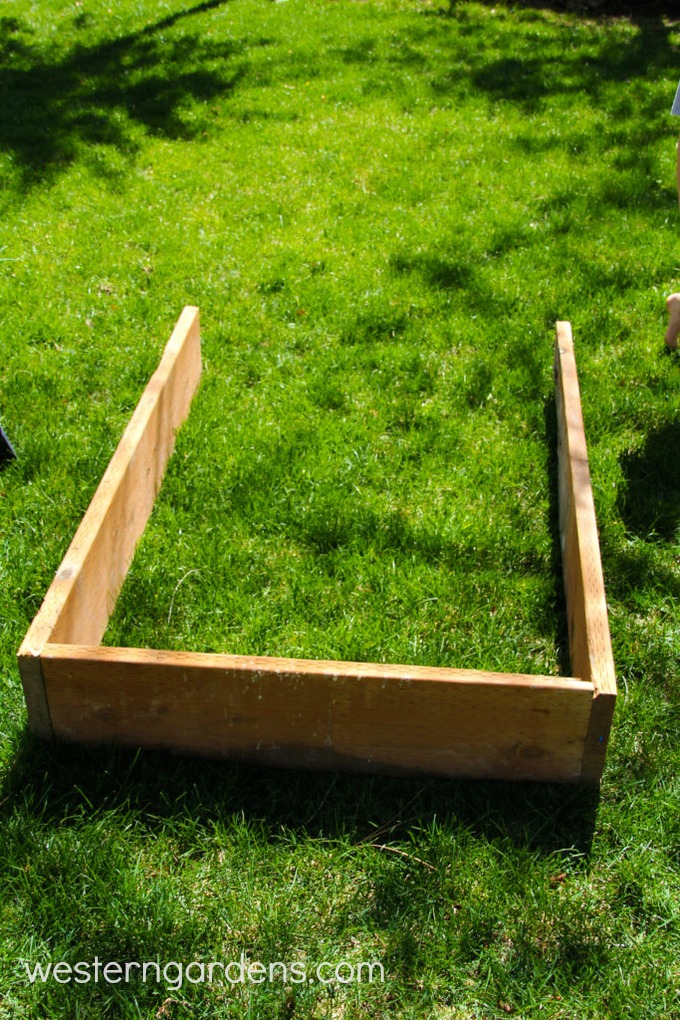
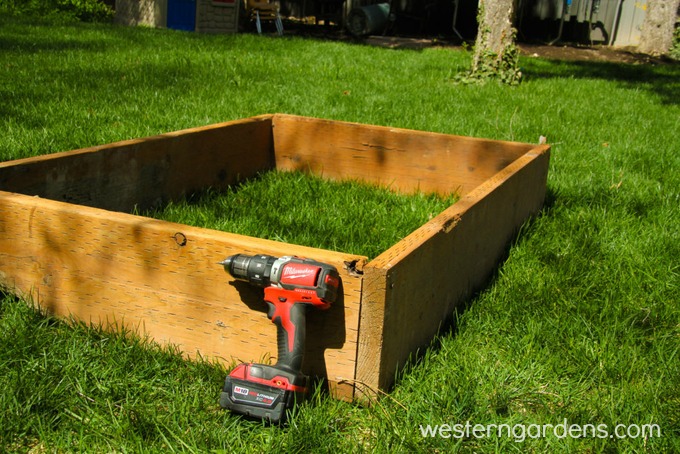
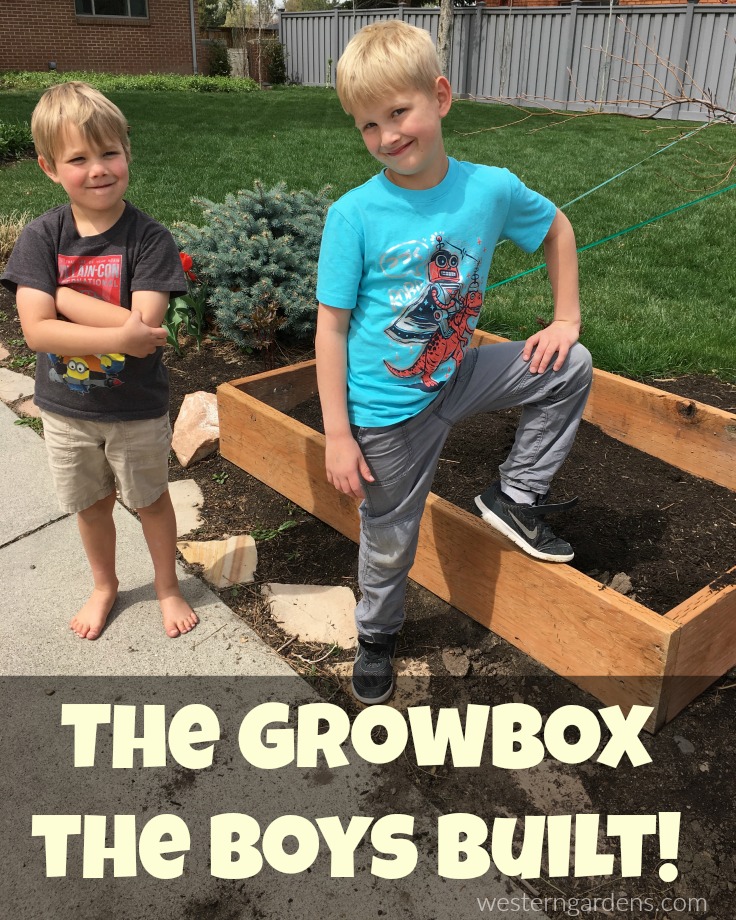
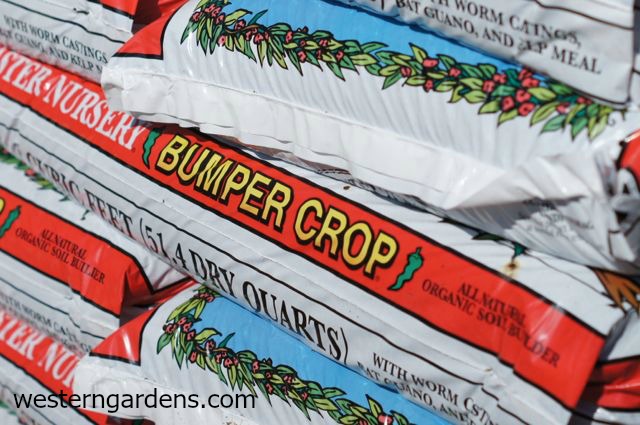
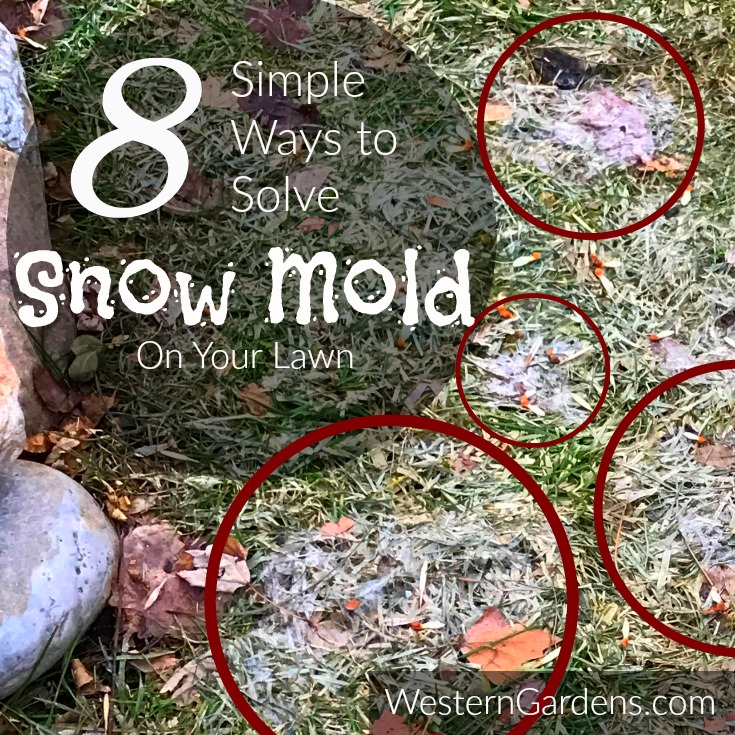
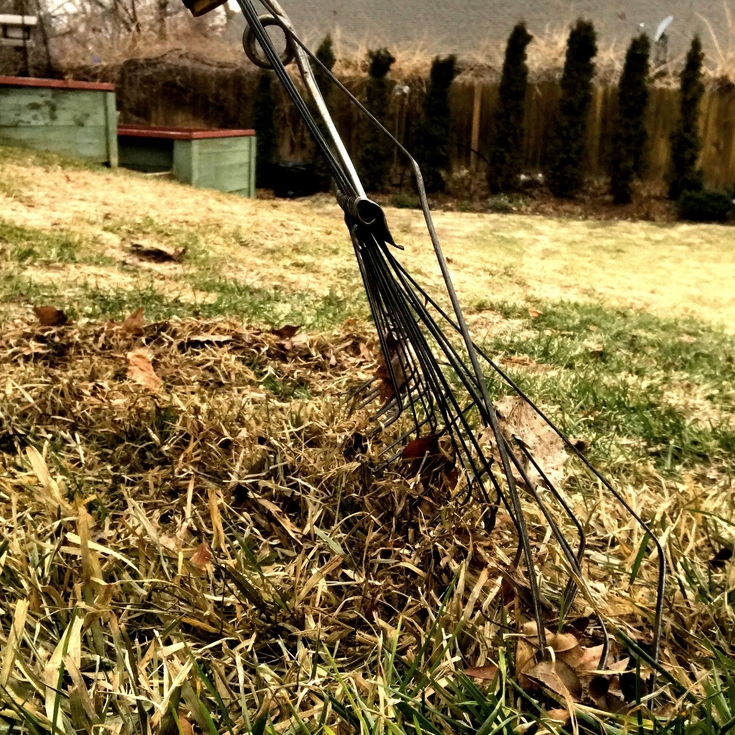
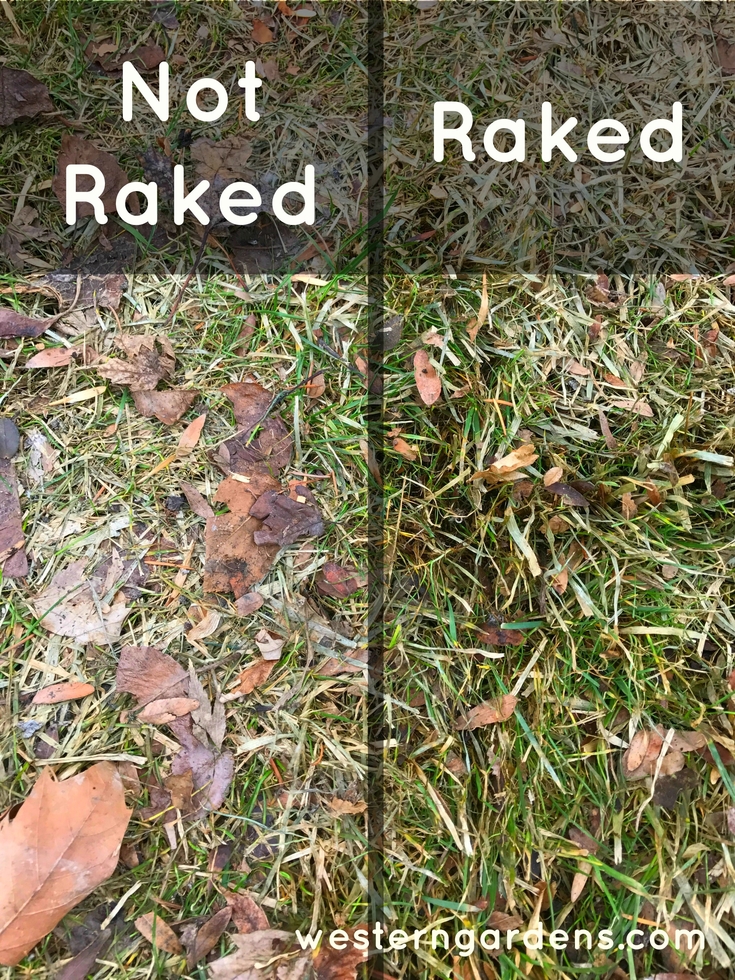
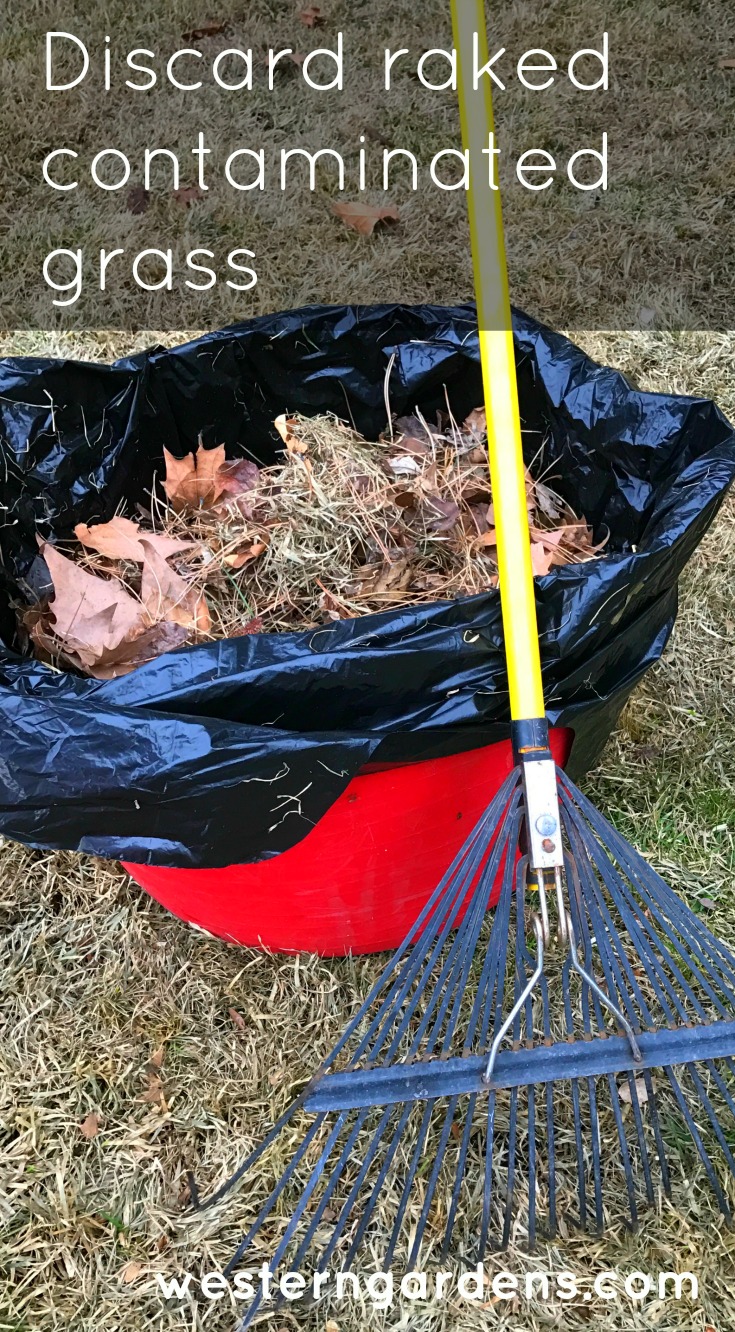
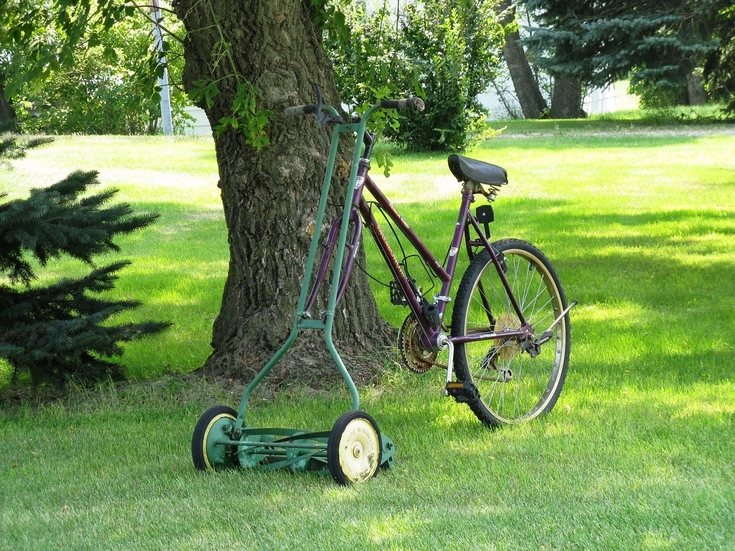
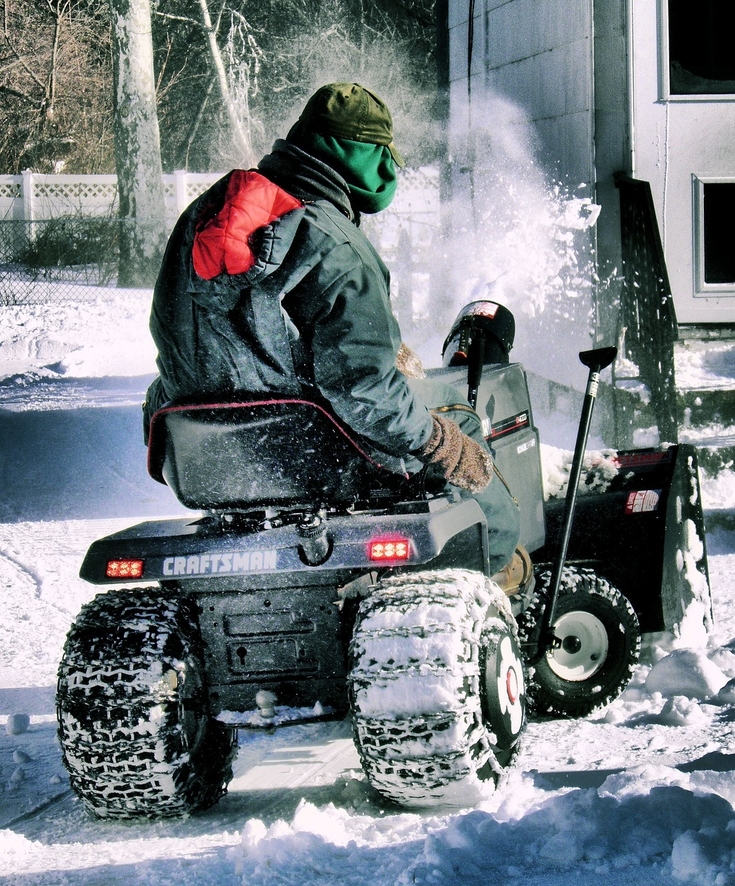
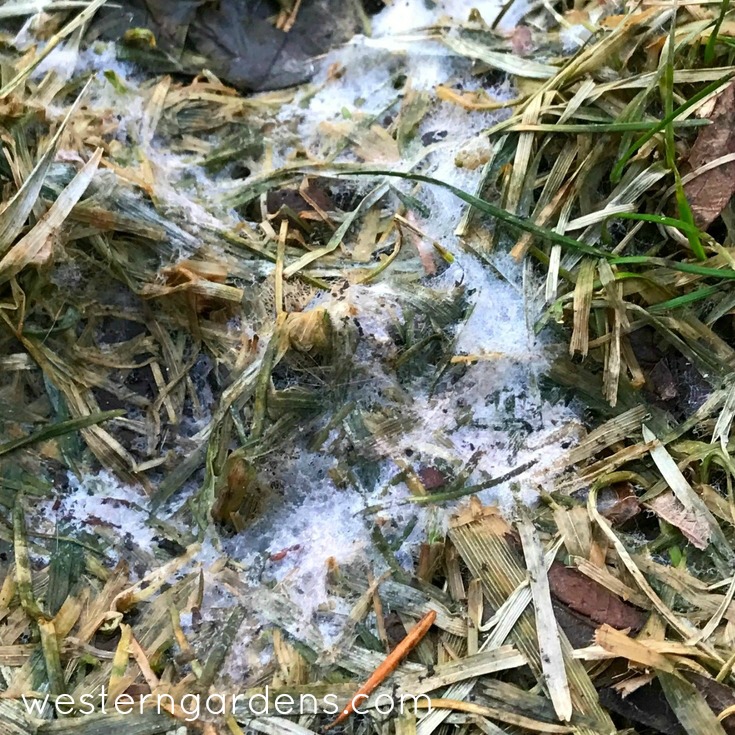
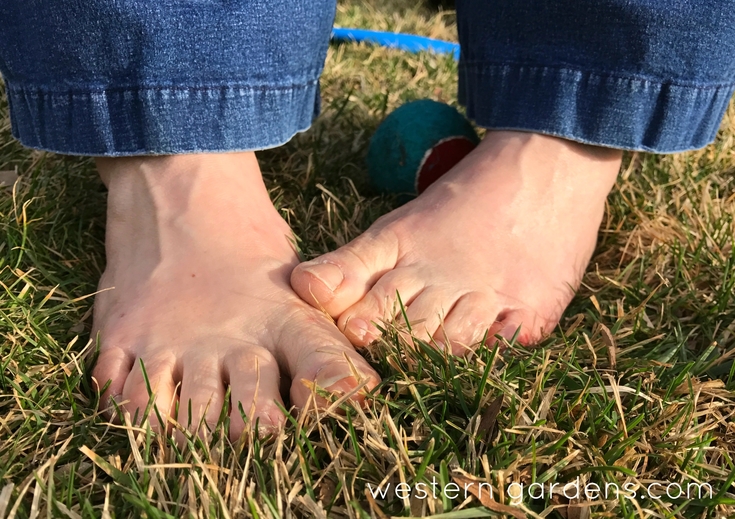
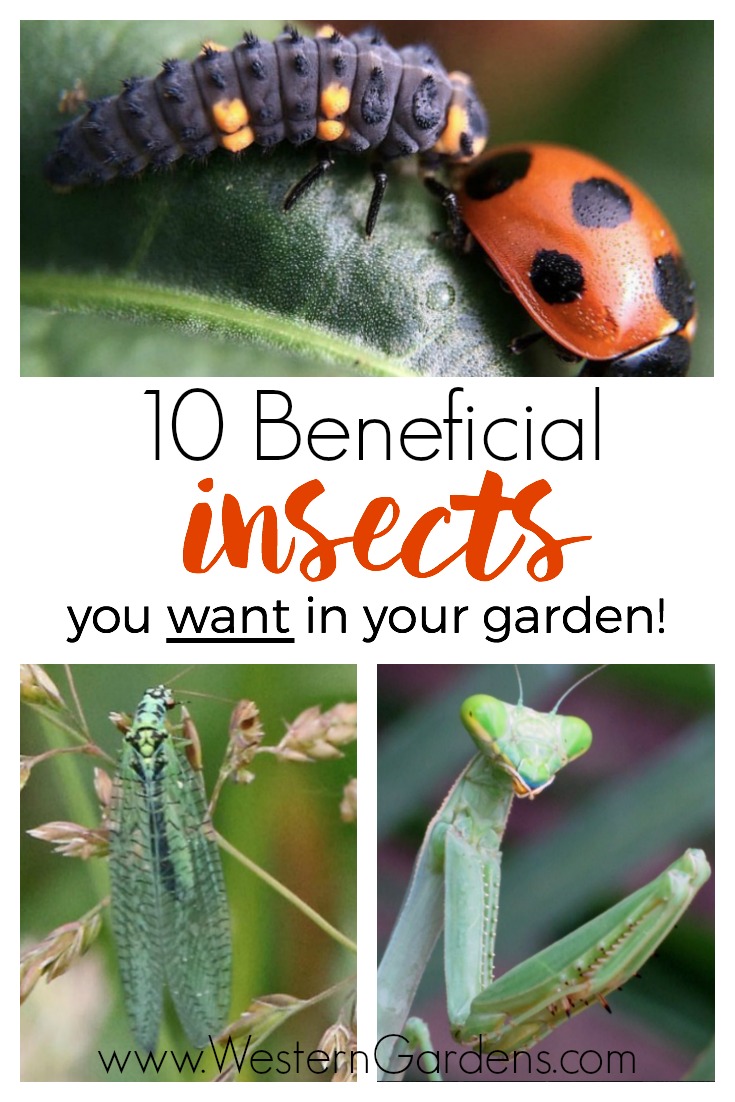
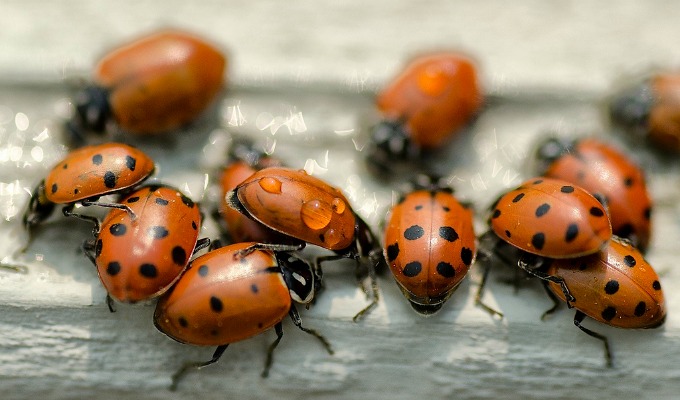
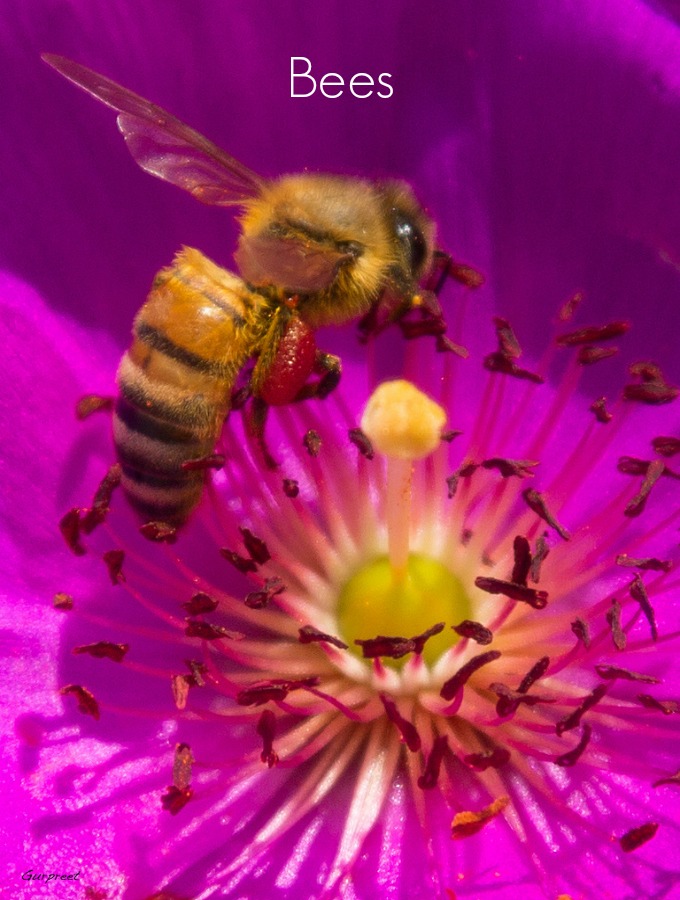
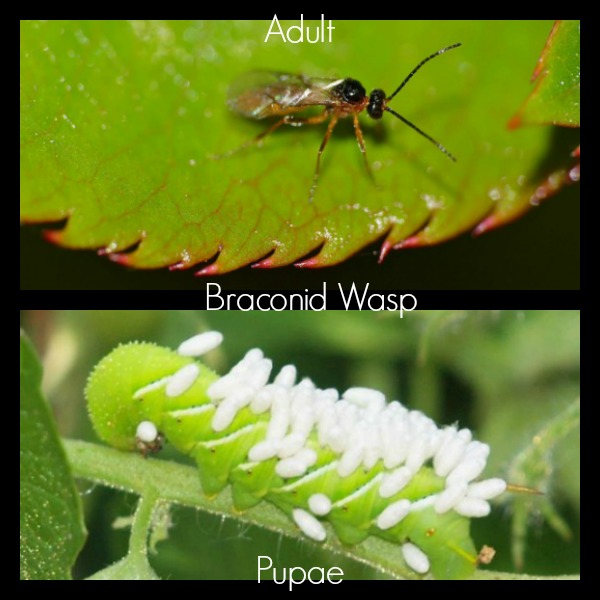

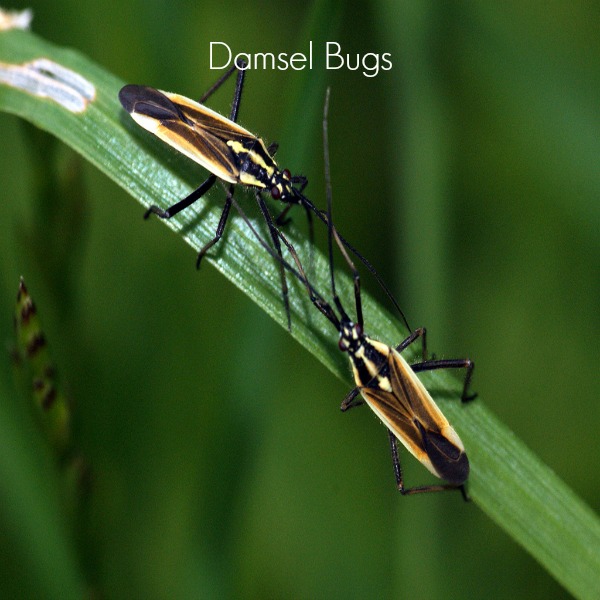


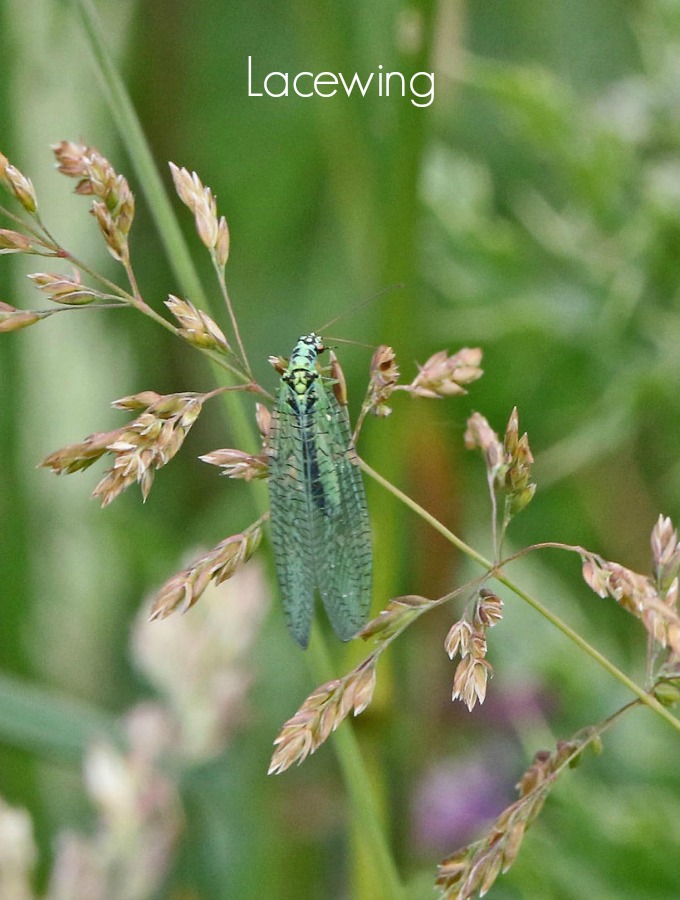
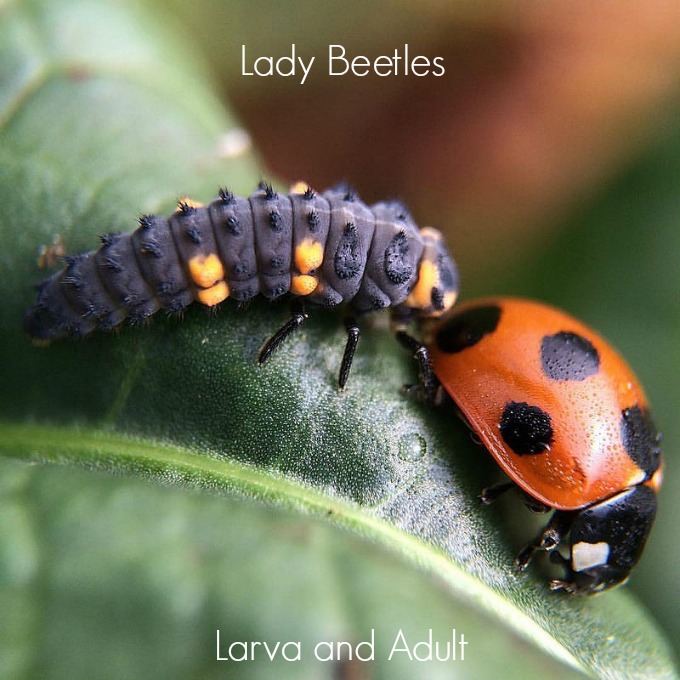
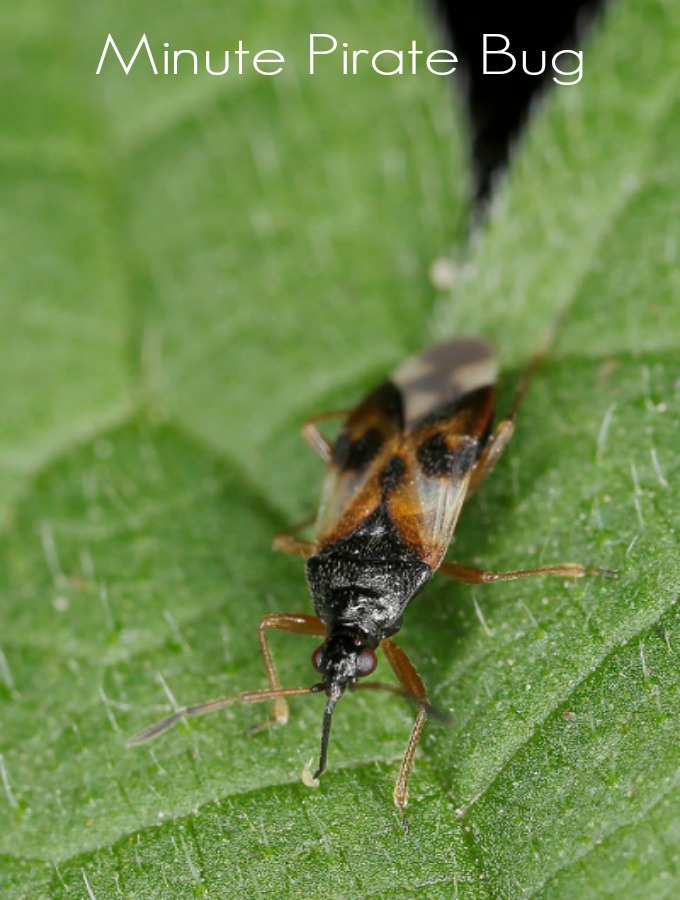
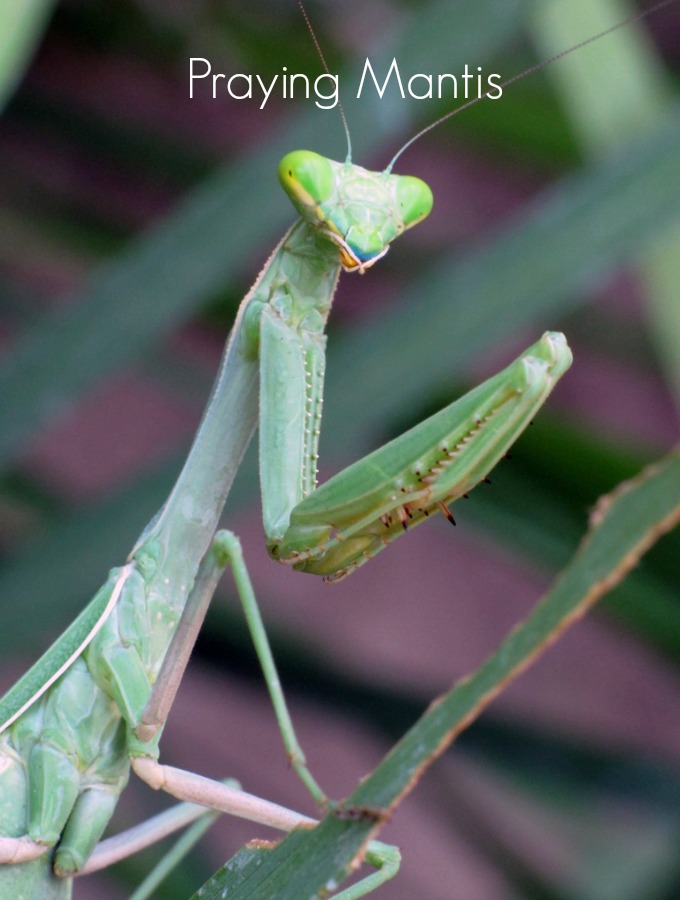
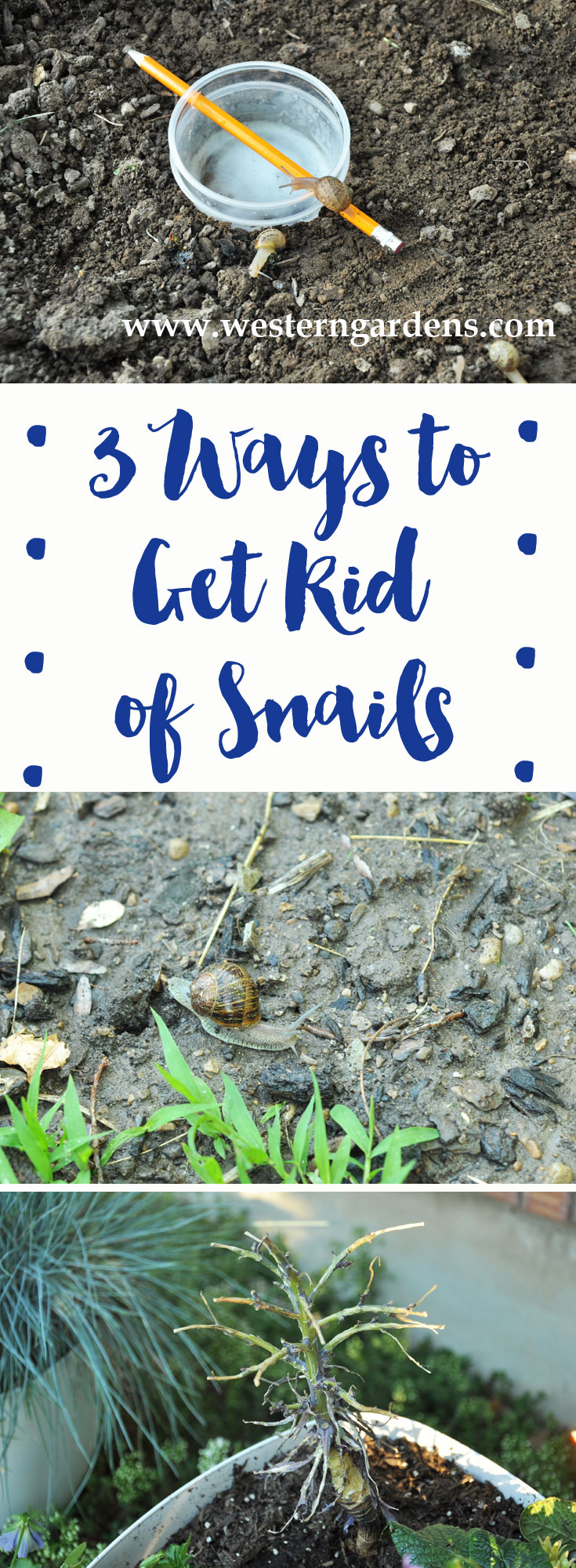
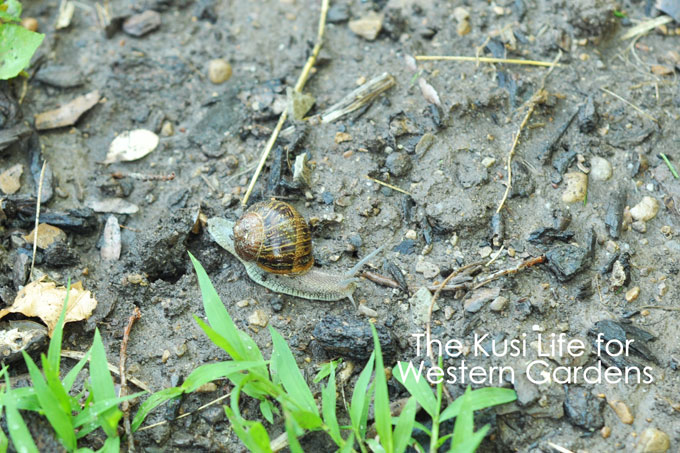
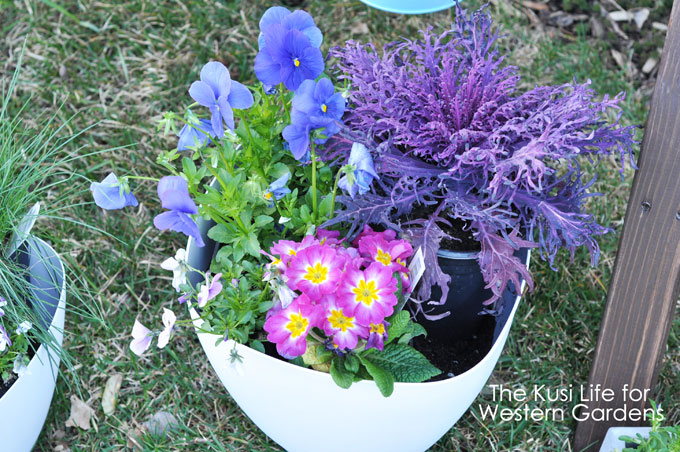
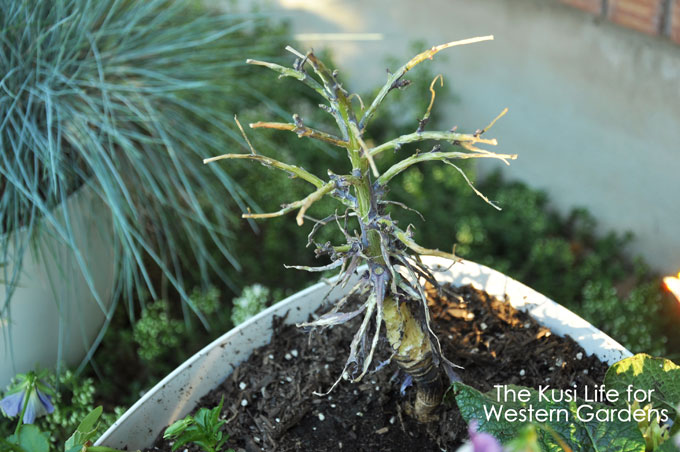
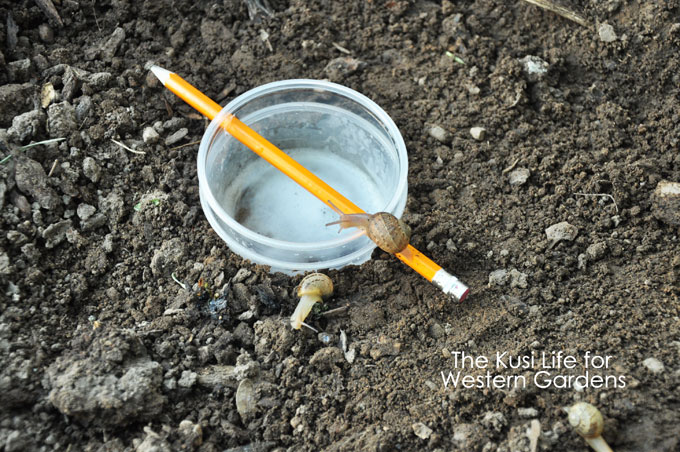
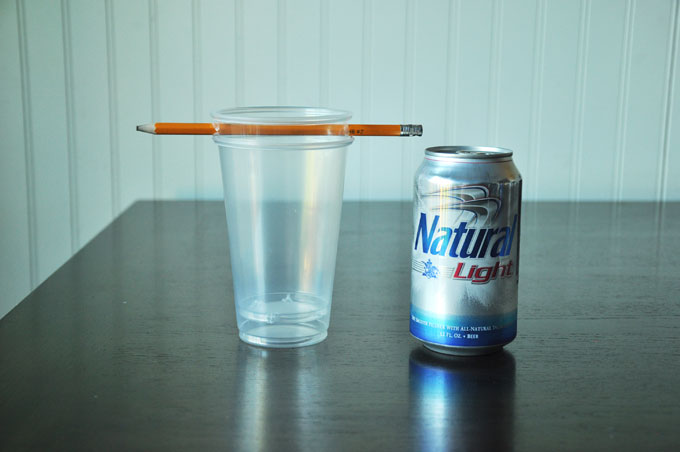
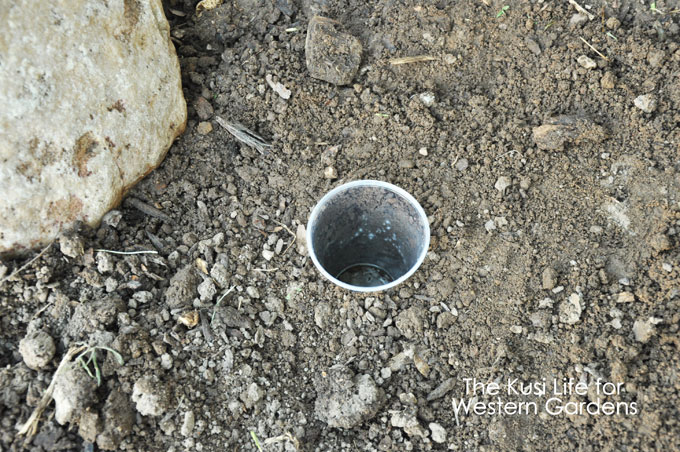
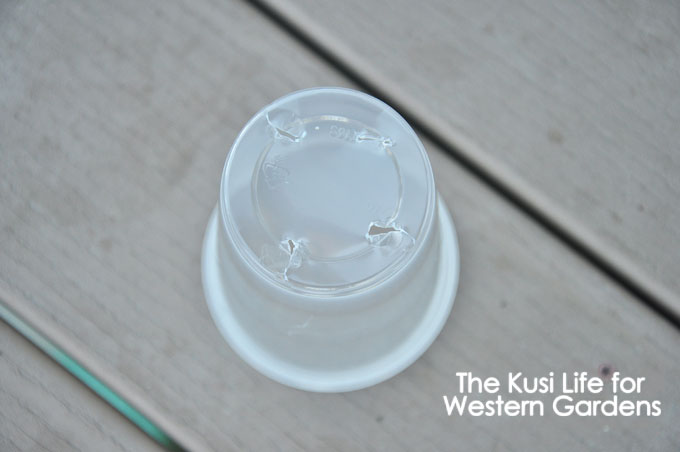
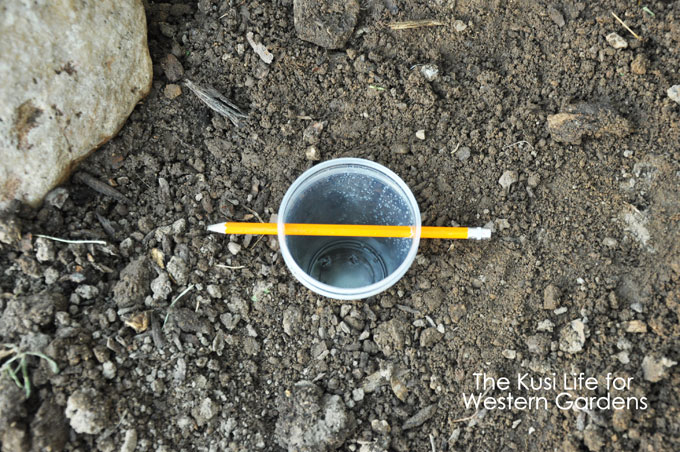
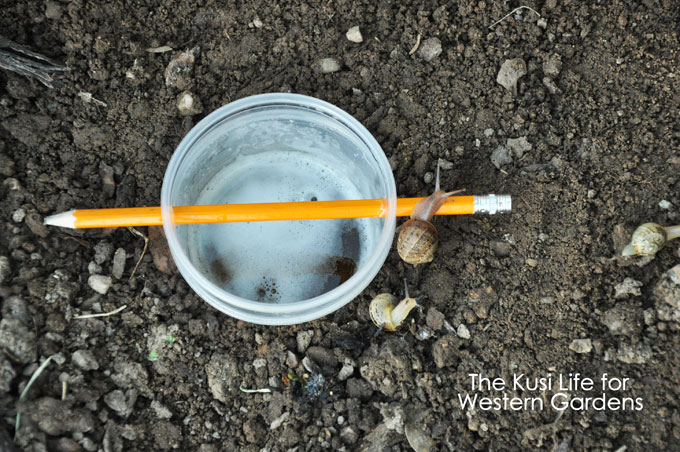
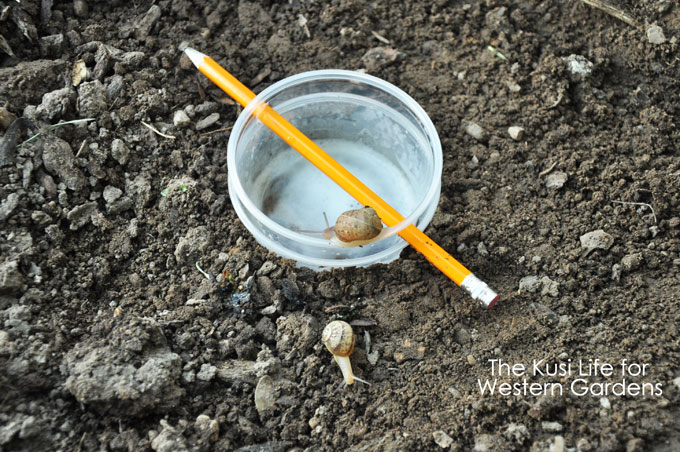
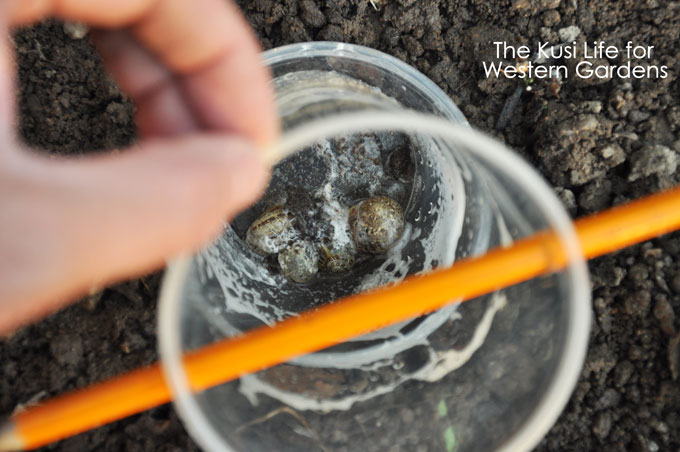
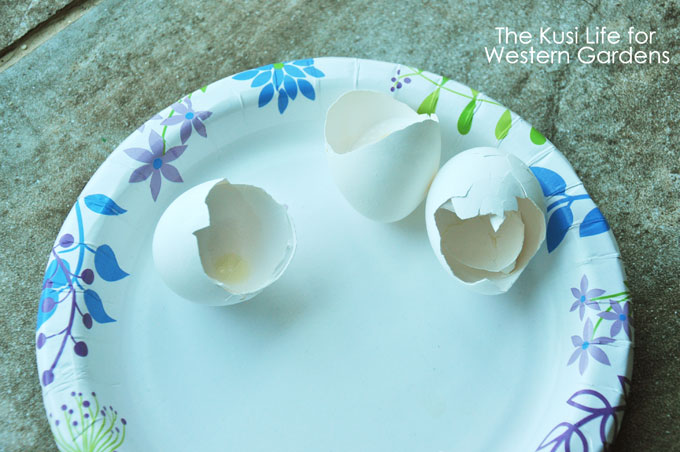
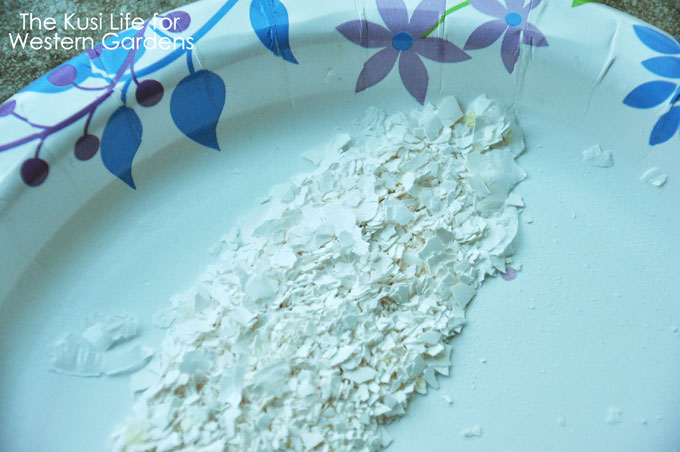
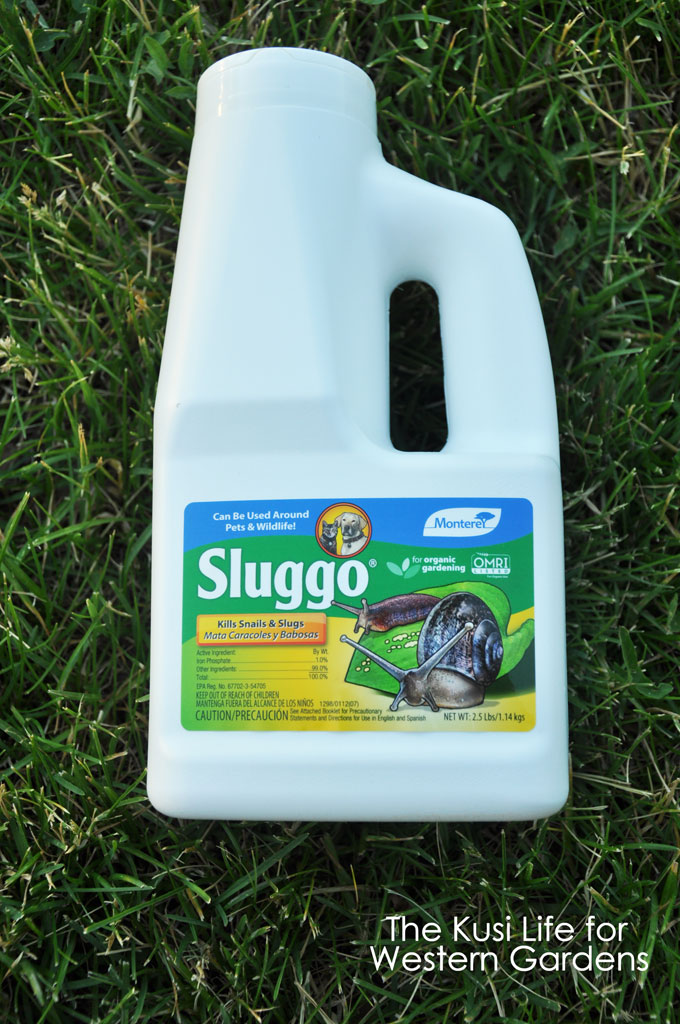

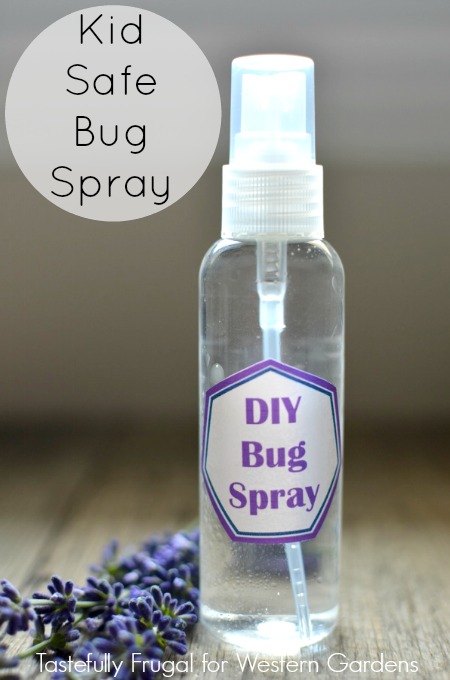
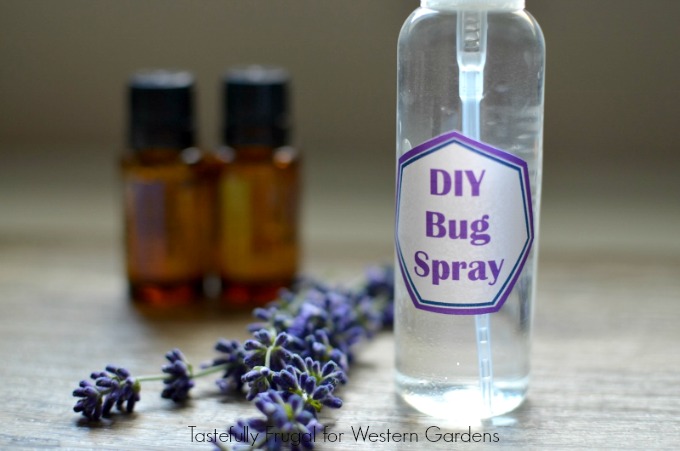 There are lots of different recipes for making your own bug spray because they are so easy to customize to the bugs you want to avoid. Different bugs dislike different scents, so add what you need in order to avoid those bites! Here are a few essential oils that are good to keep these bugs away:
There are lots of different recipes for making your own bug spray because they are so easy to customize to the bugs you want to avoid. Different bugs dislike different scents, so add what you need in order to avoid those bites! Here are a few essential oils that are good to keep these bugs away: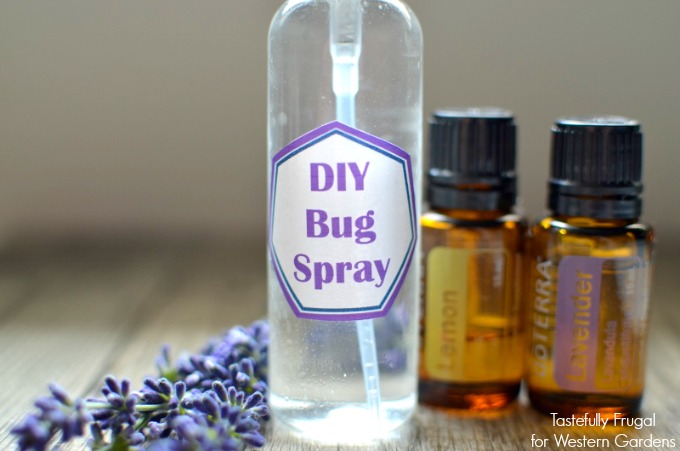
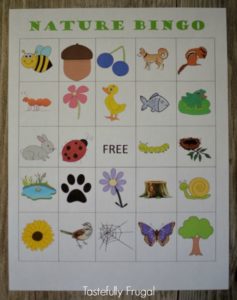
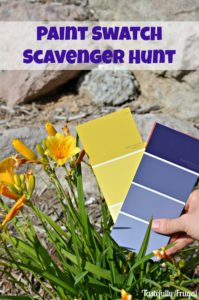
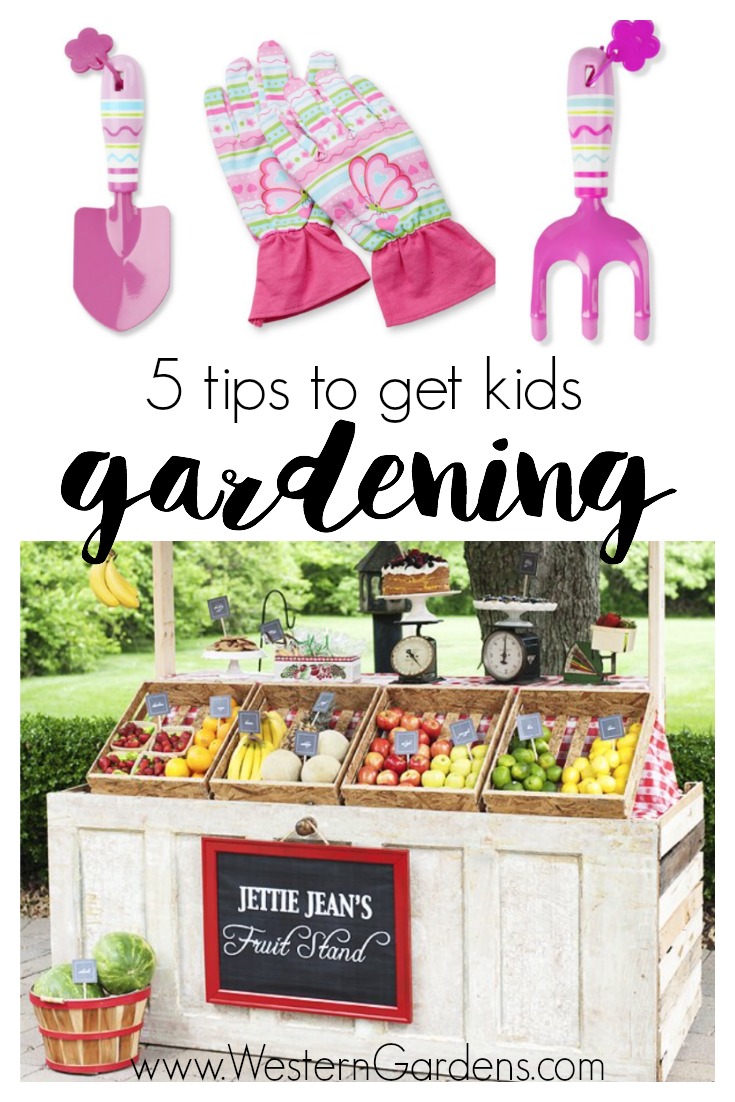

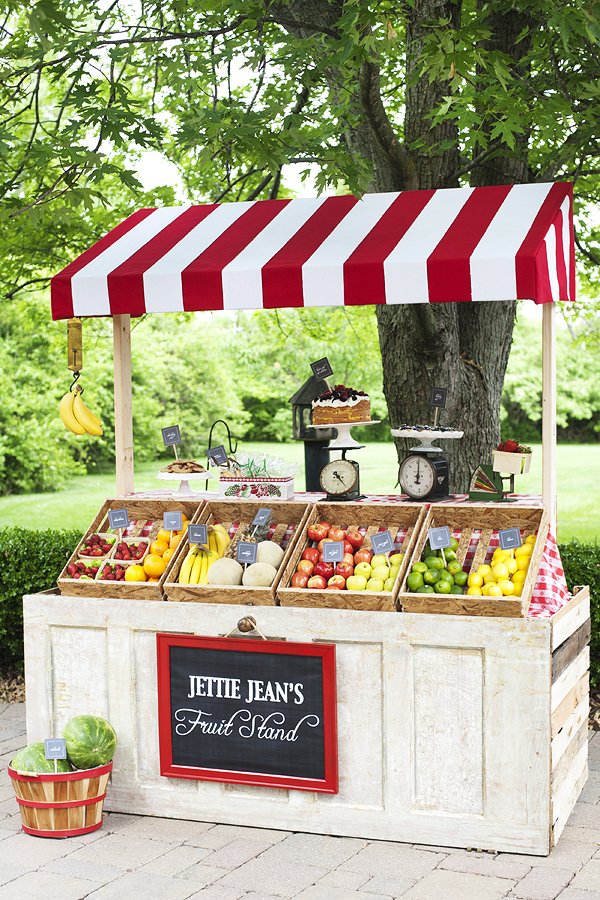
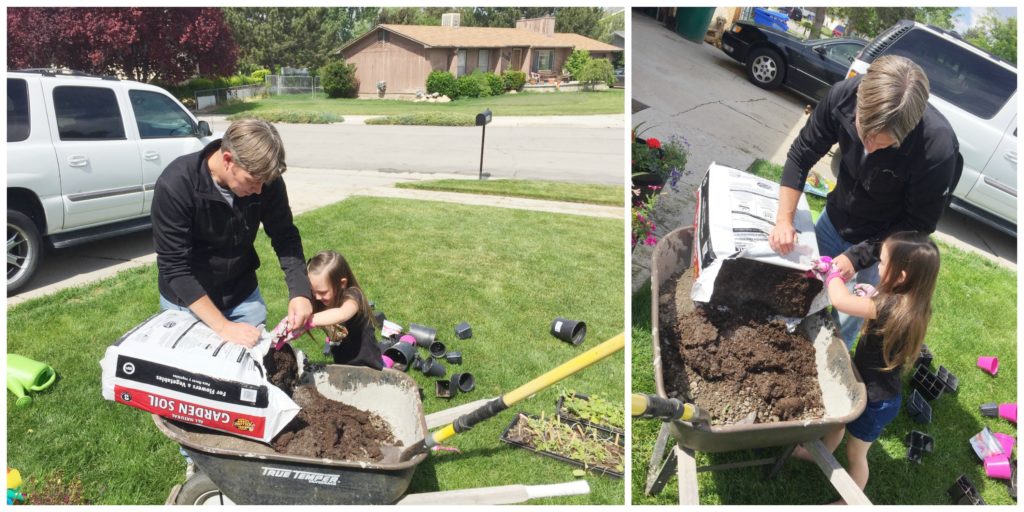 What tips do you have for getting kids to help you in the garden? Let me know in a comment below!
What tips do you have for getting kids to help you in the garden? Let me know in a comment below!